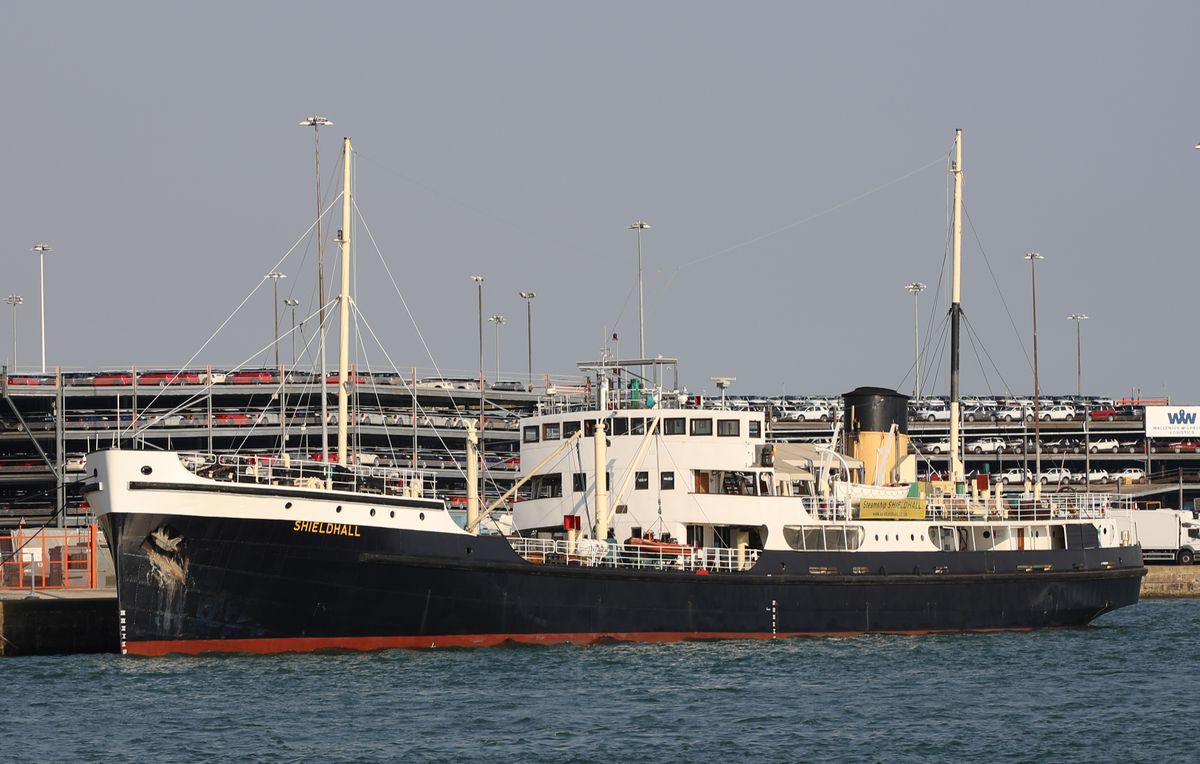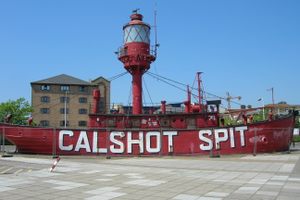About
Southampton's history with ships is rich and stems back to medieval times. At the turn of the 20th century, steamships were a common sight in Southampton Water. But given the passage of time, nearly all the steamships which sailed the seas have aged and met their fate with time. As time passed, those steamships all but vanished... save for one.
To tell the full story of this unique vessel, we have to turn back the clock over a hundred years and travel up to Scotland. At the end of the 19th century, a few sewage treatment works opened along the River Clyde in Glasgow to treat the discharge that was being pumped into the river. This discharge was called "sludge." In order to dispose of it, the sludge was loaded onto ships, taken out to sea, then dumped. This gave birth to the Glasgow Sludge Fleet.
The SS Shieldhall was launched in 1910 for the fleet, the second sludge ship built for this purpose and could carry 1,500 tons of sludge out to sea. Around the time of World War I, the steamship started taking passengers out to sea on day trips. The small fleet of Sludge Ships kept dumping sludge out of Glasgow until the 1950s, when advancing technology called for a new ship. A second Shieldhall was ordered, and the original made her way to the scrapyard to be broken up.
The brand new SS Shieldhall started her life in 1954. She performed the same duties as her predecessor, designed in the style of the original steamship. The new ship's engines had a more classic design than the oil engines of the 1950s, and her hull was riveted, rather than welded, along with additional subtle details which made Shieldhall look like she belonged in a time that was older than her actual age.
In 1976, Shieldhall was purchased by a South Coast water company and relocated to Southampton. From there she continued to operate, sailing out and around the Isle of Wight, dumping sludge and providing passengers with day trips around the Solent.
In 1985, the Shieldhall was no longer needed for sludge duty, as technological advances allowed for treatment of the sludge without dumping. Before she could be sent to the breakers yard or converted to another purpose, a preservation society was quickly formed and to save the historic steamship.
Today, the Shieldhall has found a permanent home in Southampton and remains the largest operation steamship to this day. The ship is part of the National Historic Fleet, a list of ships in the U.K. with important historical significance. She operates day cruises in the summer months and allows guests to get a glimpse into the past at the Golden Age of Steam. She is completely run by a team of volunteers, from the captain all the way down to the deckhands, who ensure Shieldhall is always ship-shape and sea-worthy. They work hard to ensure that the ship will be sailing for many years to come.
Related Tags
Know Before You Go
The Port of Southampton is owned by ABP and you must have a purpose for going into the port. The best place to view SS Shieldhall will be from Mayflower Park as she will sail right by the park on her way from her dock to the open sea.
Be sure to check the website to see when she sails so you don't miss her, she sails primarily on weekends in the summer.
Community Contributors
Added By
Published
October 13, 2022








































